1. What is the most important function of anterior teeth?
A) Phonetics
B) Aesthetics
C) Incision
D) All the above
✅ Answer: D) All the above
Rationale: Anterior teeth play a key role in aesthetics (appearance), phonetics (speech articulation), and incising food (biting). Hence, all are essential functions.
2. Which among the following is an indication for radiography in adults?
A) Missing maxillary canine
B) Grade 2 mobile tooth
C) Periapical radiolucency
✅ Answer: C) Periapical radiolucency
Rationale: Periapical radiolucency suggests infection or pathology around the apex of the tooth root, making radiographic examination essential for diagnosis.
3. Subgingival calculus is best detected by:
A) Ball end probe
B) Double ended explorer
C) Shepherd hook
✅ Answer: B) Double ended explorer
Rationale: Explorers, especially double-ended, are used to detect subgingival calculus by tactile sensation.
4. For a class V cervical caries restoration, rubber dam placement should be:
A) Too high
B) Normal position
C) Normal position with larger holes for cervical placement of clamps
D) Too low
✅ Answer: C) Normal position with larger holes for cervical placement of clamps
Rationale: To access cervical lesions, modified dam placement with larger holes is necessary to ensure clamp adaptation.
5. A common home remedy for ANUG (Acute Necrotizing Ulcerative Gingivitis) is:
A) Interdental brush with hydrogen peroxide
B) Subgingival debridement
✅ Answer: A) Interdental brush with hydrogen peroxide
Rationale: Hydrogen peroxide reduces anaerobic bacteria; gentle use of an interdental brush can aid in cleaning necrotic debris at home.
6. A common complication in Type 1 diabetes mellitus is:
A) Diabetic ketoacidosis
B) Periodontal problems
C) Arrhythmia
✅ Answer: A) Diabetic ketoacidosis
Rationale: Diabetic ketoacidosis (DKA) is a potentially life-threatening complication seen predominantly in Type 1 diabetes.
7. Class II fracture with dentinal exposure and sensitivity should be treated by:
✅ Answer: Placement of a protective liner and composite restoration
Rationale: Exposed dentin requires protection from sensitivity and bacterial invasion; restoration prevents pulp involvement.
8. The extent of space infection depends primarily on:
A) Type of tooth position
B) Muscle thickness
✅ Answer: B) Muscle thickness
Rationale: Muscle attachments determine the path and extent of spread of odontogenic infections into fascial spaces.
9. Generalized thickening of cementum is seen in:
A) Paget’s disease
B) Hypercementosis
✅ Answer: B) Hypercementosis
Rationale: Hypercementosis involves excessive cementum deposition on root surfaces, often in multiple teeth.
10. Periapical radiolucency is a must in the diagnosis of:
A) Apical periodontitis
B) Abscess
✅ Answer: A) Apical periodontitis
Rationale: Chronic apical periodontitis presents as a radiolucent lesion at the tooth apex due to periapical inflammation.
11. Mixed dentition period starts with eruption of:
A) Canine and premolars
B) Permanent first molar and central incisors
C) Permanent canine and first molar
✅ Answer: B) Permanent first molar and central incisors
Rationale: Mixed dentition begins around age 6 with the eruption of the first permanent molars and lower central incisors.
12. A child with primary incisor and first molar erupted is expected to have second primary molar and canine erupting at what age?
A) 10 months
B) 16 months
C) 8 months
D) 13 months
✅ Answer: B) 16 months
Rationale: Primary canine and second molars typically erupt between 16–20 months in most children.
If you would like access to more questions for the General Dentist Prometric Exam, you can purchase the complete study material using the link provided below. For any assistance or to request the material, please contact Nursing Manthra via WhatsApp.” +971502515717

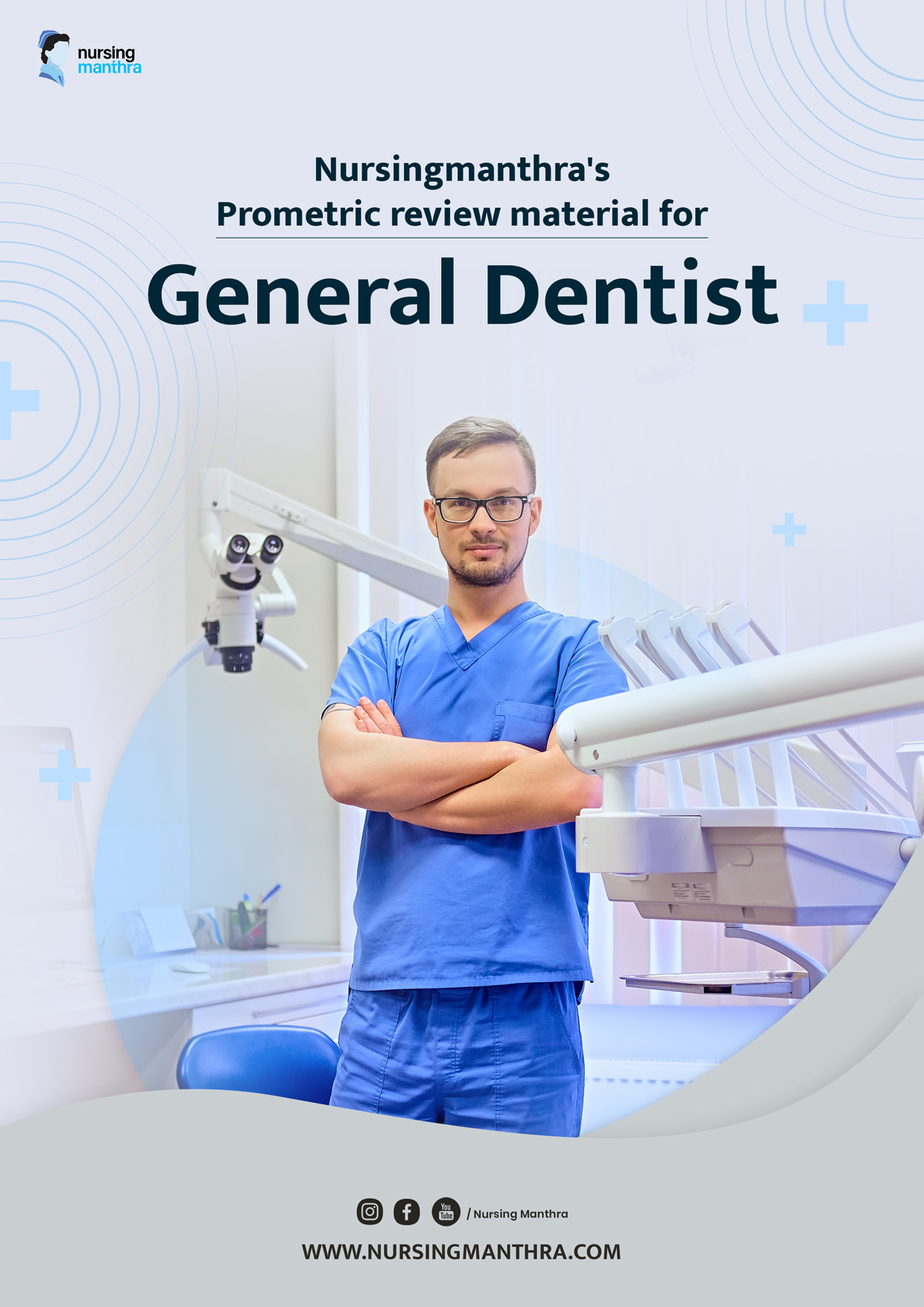


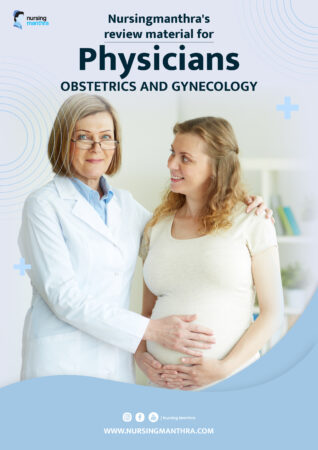
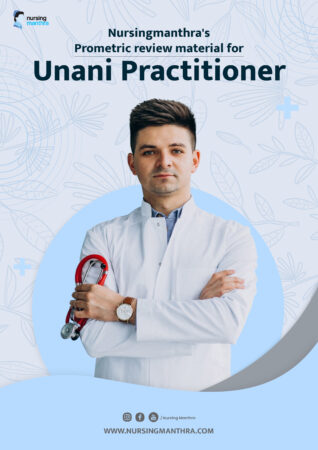











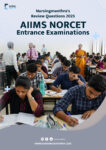
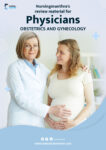

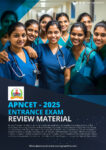
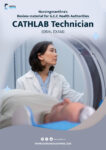
hi, I’d like to buy Prometric materials for general dentist
for more clarifications, feel free to contact Nursing Manthra through
WHATS APP: +971502515717
follow this link to what’s App me.
https://wa.me/971502515717